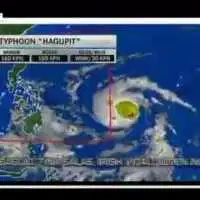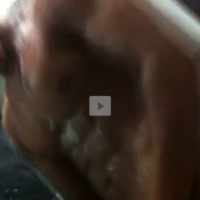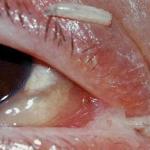Peru’s environmental police investigate the deaths of some 500 dead sea lions discovered decomposing on a beach 250 miles north of Lima.
According to report, some 500 dead sea lions were discovered in a decomposing stage on a beach, 250 miles north of the Peruvian capital, Lima, possibly after ingesting tons of plastic polluting the waters.
While the local governor, however, accused fishermen, who compete with the animals for shellfish, of having poisoned them, investigators are looking into possible explanations, such as diseases.
Marine animals often confuse plastic bags and garbage for prey and ingest them. According to the Sea Turtle Foundation, plastic debris is to blame for the deaths of a million birds and 100,000 marine mammals each year.
The North Pacific Gyre, one of the world’s largest ocean gyres, is often referred to as the Pacific trash vortex, due to high concentrations of floating plastic debris.
Due to rotational currents, trash is captured from across the Pacific Ocean, including coastal waters off North America and Japan, and then is gradually moved towards the North Pacific Gyre’s center, where it becomes trapped.
This is the season mass die-off of Sea Lions in November. The first die-off included approximately 200 sea lions. Also killed during that event were dolphins, turtles, and pelicans. That event occurred further north on another Peruvian beach.












![[WATCH] Piolo's son, Iñigo Pascual topbills ‘Relaks, It’s Just Pag-ibig’ Movie](../thedigitalspy.com/wp-content/uploads/2014/08/Screen-Shot-2014-08-07-at-8.02.38-PM.png)





